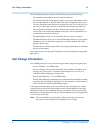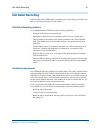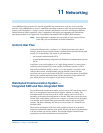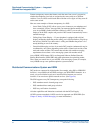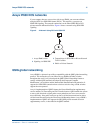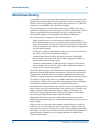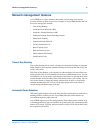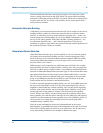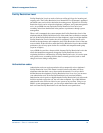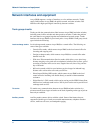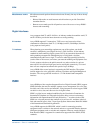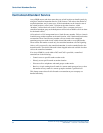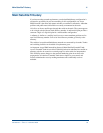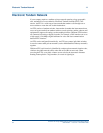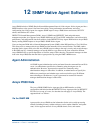
Network management features 11
Overview for Avaya IP600 Internet Protocol Communications Server
555-233-001 — Issue 5 — November 2000
88
If Generalized Route Selection is not being used when a call is made, the system
selects a routing pattern based on the digits dialed. The system checks the routing
preferences in that pattern in the order they were listed, and the first available facility
is used to place the call. If a facility is not available, the call can be queued until a
facility becomes available.
Automatic Alternate Routing
AAR enables you to ensure that private network calls will be routed over the various
trunking facilities available in your private network in the most effective manner
possible. As with ARS, you set up various patterns for routing calls — in this case,
with the private network. Depending on your Avaya IP600’s configuration, you can
have up to 254 routing patterns. Each pattern includes a primary preference — the
most preferred and direct route — and 5 alternate preferences. If the primary
preference in a pattern is unavailable, the system searches the alternate preferences in
the specified order until it finds one available.
Generalized Route Selection
Generalized Route Selection gives you the capability to not only select the optimal
call routing based on the dialed number, but also to select the appropriate facility
based on the type of call. Generalized Route Selection enhances ARS and AAR by
incorporating additional parameters (such as the type of call) to be used in the
decision of how a call is routed.
Different types of calls require the use of different types of facilities. For example,
high-speed data calls must use digital facilities, whereas voice and voice-grade data
calls can use either analog or digital facilities. Avaya IP600 uses Generalized Route
Selection to differentiate between these and other types of calls and route them on the
appropriate trunks. Based on the call types and available trunk facilities, voice and
data calls may be routed over different trunk types or integrated on the same trunk
group. Avaya IP600 also provides the capability to route calls based on the data
format and the need for restricted or unrestricted facilities.
In order to select the appropriate trunking facility for a call, Avaya IP600 must know
the type of call being made. In order to do this, each originating facility (such as a
telephone or data module) has a bearer-capability class assigned. Some originating
facilities, such as data modules, may have multiple bearer-capability classes. Each
trunk group in the routing pattern is assigned a list of allowed bearer-capability
classes. When a user makes a call, the system queries the originating facility for its
bearer-capability class and then tries to route the call on a trunk group with a bearer-
capability class that matches the bearer-capability class of the originating facility. If
an exact match is not found, the system then tries to find a trunk group with a
compatible bearer-capability class.
Since the system automatically chooses the right trunk based on the system
administration, Avaya IP600’s dial plan can be independent of the type of call being
dialed. This flexibility makes life easier for your system users, who do not have to
worry about dialing a different access number for different call types.



